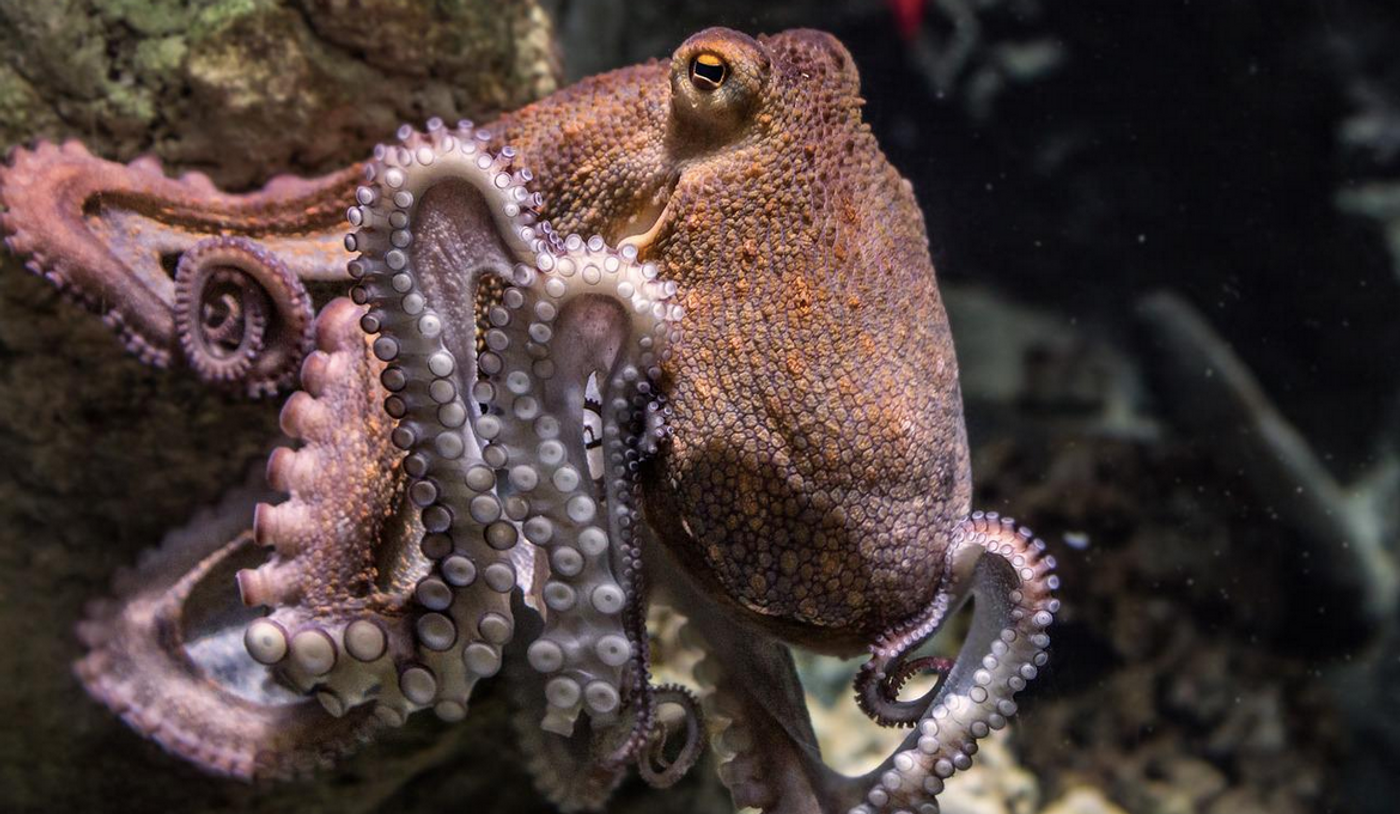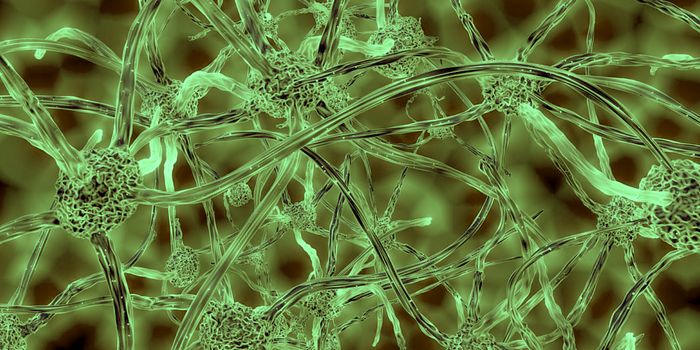Similar 'Jumping Genes' are Active in Human and Octopus Brains
Cephalopods, including octopuses, have exceptionally large and complex nervous systems; the octopod brain is thought to have 37 lobes that control a variety of functions. New research has suggested that there are some molecular parallels between the brains of octopuses and vertebrates. Reporting in BMC Biology, scientists have found that there are so-called jumping genes or transposons that are active in the brains of humans as well as two species of octopus, the common octopus (Octopus vulgaris) and the Californian octopus (Octopus bimaculoides).
Transposons can easily move from one part of the genome to another, typically in a kind of 'cut-and-paste' way, which is why they've been nicknamed jumping genes. Many parts of the human genome are thought to contain transposons. But usually, these genes don't have much of a biological impact, and many of them no longer jump around; they have lost this ability over time because of mutations or defense mechanisms in cells that silence them.
Some are thought to still have the potential to be active, however, like the LINE (Long Interspersed Nuclear Element) family. Though LINEs were thought to be an evolutionary holdover with no function, recent work has indicated that LINEs are active and tightly regulated in the brain. The octopus genome also carries many transposons, which are mostly inactive.
In this study, the researchers focused on the transposons that are still able to move around the genome. Looking for active genes, they found a LINE family member in various parts of the brain where cognition is thought to occur in the octopus.The study authors noted that scietnists have hypothesized that long interspersed element (LINE) L1 is related to human cognition, and that the LINE element identified in this study, which is part of the RTE class, is related to cognition in the octopus.
"The discovery of an element of the LINE family, active in the brain of the two octopuses species, is very significant because it adds support to the idea that these elements have a specific function that goes beyond copy-and-paste," added Remo Sanges, director of the Computational Genomics laboratory at SISSA.
"I literally jumped on the chair when, under the microscope, I saw a very strong signal of activity of this element in the vertical lobe, the structure of the brain which in the octopus is the seat of learning and cognitive abilities, just like the hippocampus in humans," said Giovanna Ponte of Stazione Zoologica Anton Dohrn.
Researcher Graziano Fiorito of the Stazione Zoologica Anton Dohrn also noted that the LINE element discovered in this study could help us learn more about how intelligence has evolved.
Sources: International School of Advanced Studies (SISSA), BMC Biology









